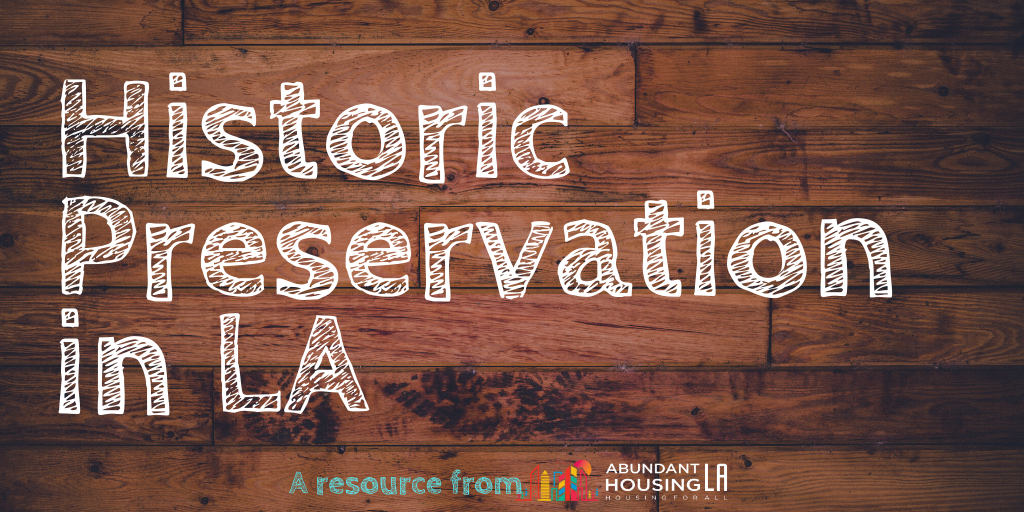Historic preservation came into practice in the United States in the mid-19th century and was originally meant to protect buildings with historic significance. However, since then, it has sometimes been applied to buildings or areas with little historical significance, just to prevent new development. These historic designations can also affect property prices in blocks and neighborhoods just outside of newly-designated historical areas.
A study in the Journal of the American Planning Association found that areas with historic designation frequently have higher housing costs. Designations come with a host of requirements that increase maintenance costs, which in turn artificially increase the cost of homes with historical designations. These historic designations are used less often in low-income communities, and are associated with decreases in the share of the population with low incomes over time.
Another study in the Journal of Urban Economics found that properties just outside the boundaries of newly designated historic districts increase in price after the historical designation is imposed. This suggests that new historical designations on blocks in Los Angeles could lead to increases in rents and housing costs just outside of the new historic block or district.
The disproportionate use of historic designations by high-income residents is especially concerning, as higher income is also correlated to greater political resistance. Political resistance is defined as the amount of community organization or feedback against a change in zoning. This is a problem: when new historic designations effectively halt any zoning changes or new development in a wealthy neighborhood with political influence, less wealthy or politically connected areas outside the historic district are impacted.
Historical preservation is an important tool when utilized properly, preserving our nation’s landmarks and maintaining our history. However, like any other policy tool, it is important to monitor the effects of its implementation and watch for abuse. Especially with Los Angeles’ current rates of overcrowding and homelessness, we must understand the consequences of restrictive zoning regulations, historic preservation included.




